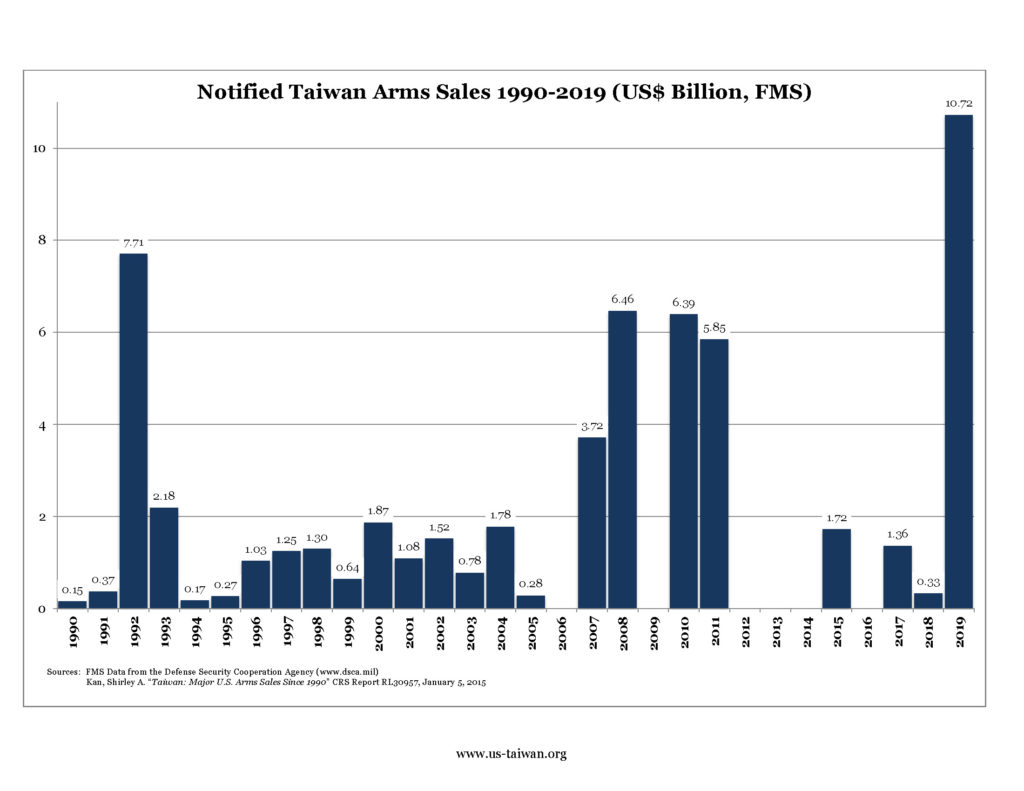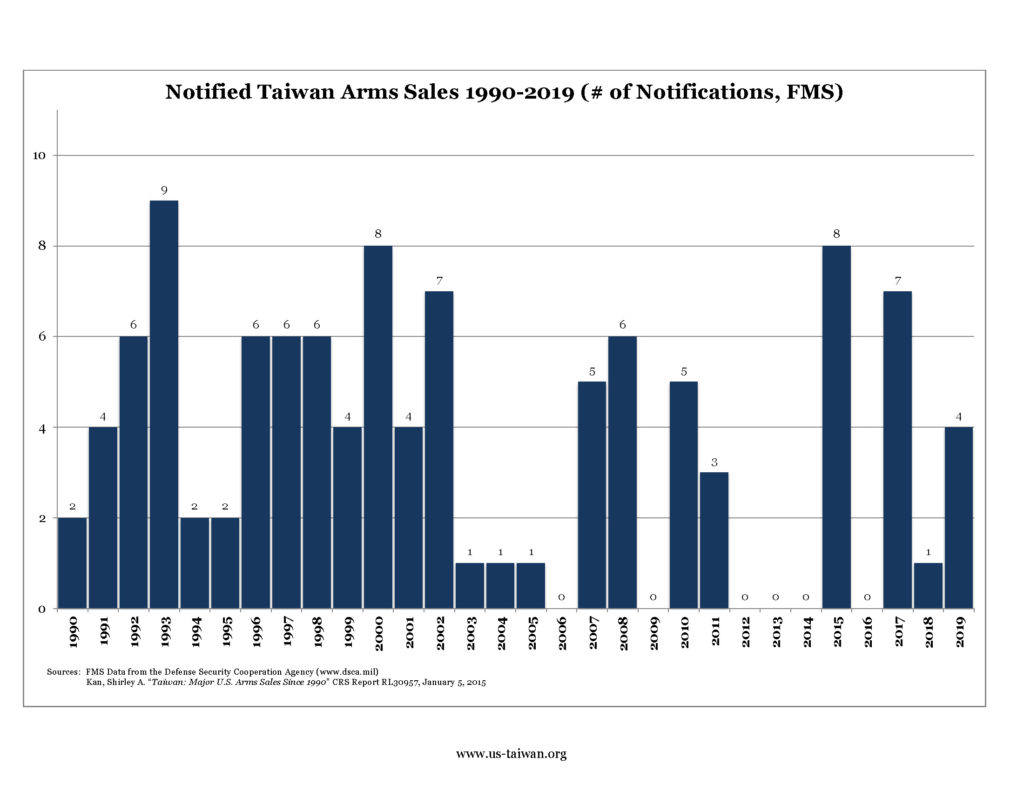The US-Taiwan Business Council (USTBC) and the U.S. defense community today mourn the loss of eight Taiwan defense officials killed in a helicopter crash in the mountains of New Taipei City on the morning of January 2, 2020. The list of casualties include Taiwan’s top military official, Chief of the General Staff General Shen Yi-ming, who was one of nine military officials aboard along with three crew members and a reporter from the Military News Agency. The UH-60M Black Hawk helicopter was en route from Taipei to a base in Yilan as part of a pre-Lunar New Year visit with troops when it crashed.
In response, Taiwan has grounded its 52 Black Hawk helicopters for inspection of fuselage structure, radar, control, and other systems, including the 14 Black Hawks fielded by the Taiwan Air Force, 30 by the Taiwan Army, and 8 by the National Airborne Service Corps. The Ministry of National Defense has said that a special task force will be formed to investigate the cause of the crash. In addition, all three candidates in Taiwan’s January 11, 2020 presidential election have announced that they will temporarily suspend their campaigns to observe a period of mourning.
Council President Rupert Hammond-Chambers expressed his thoughts, saying “USTBC, our members, and the entire U.S. defense community are saddened by this terrible tragedy. We mourn those lost, and hope for a swift recovery for the five survivors. In particular, the loss of CGS Shen Yi-ming is a blow to Taiwan’s ongoing determination to combat aggressive and coercive efforts by the People’s Republic of China (PRC) to end Taiwan’s free and democratic society. General Shen was a leading voice in the evolving strategy to combat PRC coercion on and around the island, as well as the procurement, training and posture necessary to deter the PRC from unilateral efforts to undermine the island’s sovereignty.”
“General Shen was a leading candidate for the post of Minister of National Defense, should President Tsai secure a second term. In addition, he was a kind and intelligent person steeped in humility and highly respected within Taiwan’s military and civilian leadership. He had also built a strong professional network in the U.S., particularly during his time as Vice Minister for Policy, which strengthened his importance as an indispensable voice. He will be greatly missed.”
The eight officials killed in the crash were:
- Air Force General Shen Yi-ming, Chief of the General Staff, Ministry of National Defense
- Major General Hung Hung-chun, Office of the Deputy Chief of the General Staff for Intelligence (J2)
- Major General Yu Chin-wen, Deputy Director, Political Warfare Bureau
- Lieutenant Colonel Yeh Chien-yi, Pilot
- Captain Liu Chen-fu, Co-pilot
- Sergeant Major Han Cheng-hung
- Sergeant Hsu Hung-pin, Engineer
- Major Huang Sheng-hang, Staff Officer, Office of the Chief of the General Staff
The five survivors are:
- Lieutenant General Huang Yu-min, Deputy Chief of the General Staff for Logistics (J4)
- Lieutenant General Tsao Chin-ping, Deputy Chief of the General Staff for Communications, Electronics & Information (J6)
- Major General Liu Hsiao-tang, Director, Accounting Office, Operations & Planning (J3)
- Lieutenant Colonel Chou Hsin-yi, Officer, Operations & Planning (J3)
- Sergeant Chen Ying-chu, Reporter, Military News Agency
About the US-Taiwan Business Council:
The US-Taiwan Business Council (www.us-taiwan.org) is a membership-based non-profit association, founded in 1976 to foster trade and business relations between the United States and Taiwan. The Council provides its members with business intelligence, offers access to an extensive network of relationships, and serves as a vital and effective representative in dealing with business, trade, and investment matters.





